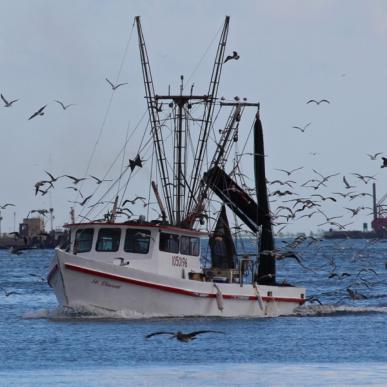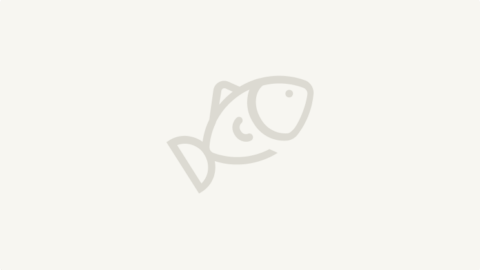The future of Galveston Bay: Implications of the oil spill

Photo Credit: Roy.Luck
Galveston Bay is a busy body of water. It carries the traffic of the Houston Ship Channel. It is a popular recreation destination for fishermen and others. It not only serves as a home to birds and large marine animals, but also as a nursery ground for many important seafood species. It is the nation’s seventh largest estuary and among them the second most important seafood producer, behind only the Chesapeake Bay.
The immediate effects of the oil spill on March 22, 2014, are visible in the oil sheens and tar balls floating in the water and the “oiled” birds and animals that crews are trying to help. But, we can’t see how this heavy marine fuel, containing toxic chemicals including polycyclic aromatic hydrocarbons (PAHs), is harming shrimp, crabs, oysters, red drum and other fish that call the waters of Galveston Bay home. This contamination can hang around for a long time. Studies from the 2010 Deepwater Horizon Oil Spill show that even in low concentrations PAHs can disrupt the development of fish and invertebrate larvae; and in high concentrations can be lethal. Recent reports of tunas susceptible to deformities from the 2010 spill attest to the potential risks long after the spill itself is gone.
The timing of this spill is bad for several key species especially important to the seafood industry and consumers. Brown shrimp have already spawned offshore, and March is the month when the young ride tides coming back inshore to settle in seagrass beds and marshes, habitats that are their nurseries – and where the water is now contaminated with oil pollution. The young are especially vulnerable from now until about May or June. Young blue crabs that settled during the winter in Galveston Bay are also in danger, as are baby fish; including Gulf menhaden, a large harvest in the region’s fishing industry and a fish that is a vital food for larger fish and other animals. Marine life in the way of the oil is dying; and those not killed are exposed to toxic chemicals that could impair their reproductive potential, and some fish that feed on worms in bottom sediments may acquire and carry toxics in their tissues. The seafood “crops” in the area could well be reduced.
Anyone who has been to Galveston Bay has seen the many dolphins are other large marine life that frequent the area and eat these other fish. As these contaminants enter Bay food chains our concern turns not only to how these animals are affected by the spill in the short term, but also to their longer-term health, and even to whether or not seafood species that live there could constitute a human health risk that must be guarded against into the future.
Long-term monitoring of the ultimate footprint of this spill will be necessary so that we can continue to understand how it impacts the ecosystem, and protect people who eat seafood from the bay.
As reports come out about the history of the ships involved in this spill and how the accident occurred it is important to remember that in areas where a large amount of pollution exists so close to such important habitat we must do everything we can to ensure the long-term safety of the species we rely on for ocean health and our own supply of food.
More research must be done on the long-term impacts spills like this have on all the species above and below the water, so we can understand the total cost of these accidents as regulators and others look to address safety and other concerns in the future.
The species that we spend much of our time talking about in the Gulf of Mexico – red snapper and grouper – are caught in offshore waters and will be little affected by this spill. Red snapper and some grouper species spend part of their life in the more saline parts of the bay, but relatively few of them come from those waters. Our friends at Gulf Wild do a great job making sure the offshore seafood you eat is safe and sustainable. Those fishermen are great sources for fish that are caught in the most sustainable way possible and that also undergo additional testing for toxicity.
We’re hearing from our fishermen partners and others in Galveston that crews are working hard to quickly clean up this spill. We hope that authorities are just as diligent in the months and years ahead to monitor and understand all of the impacts from the spill on Saturday, and help keep Texas seafood healthy and sustainable.










